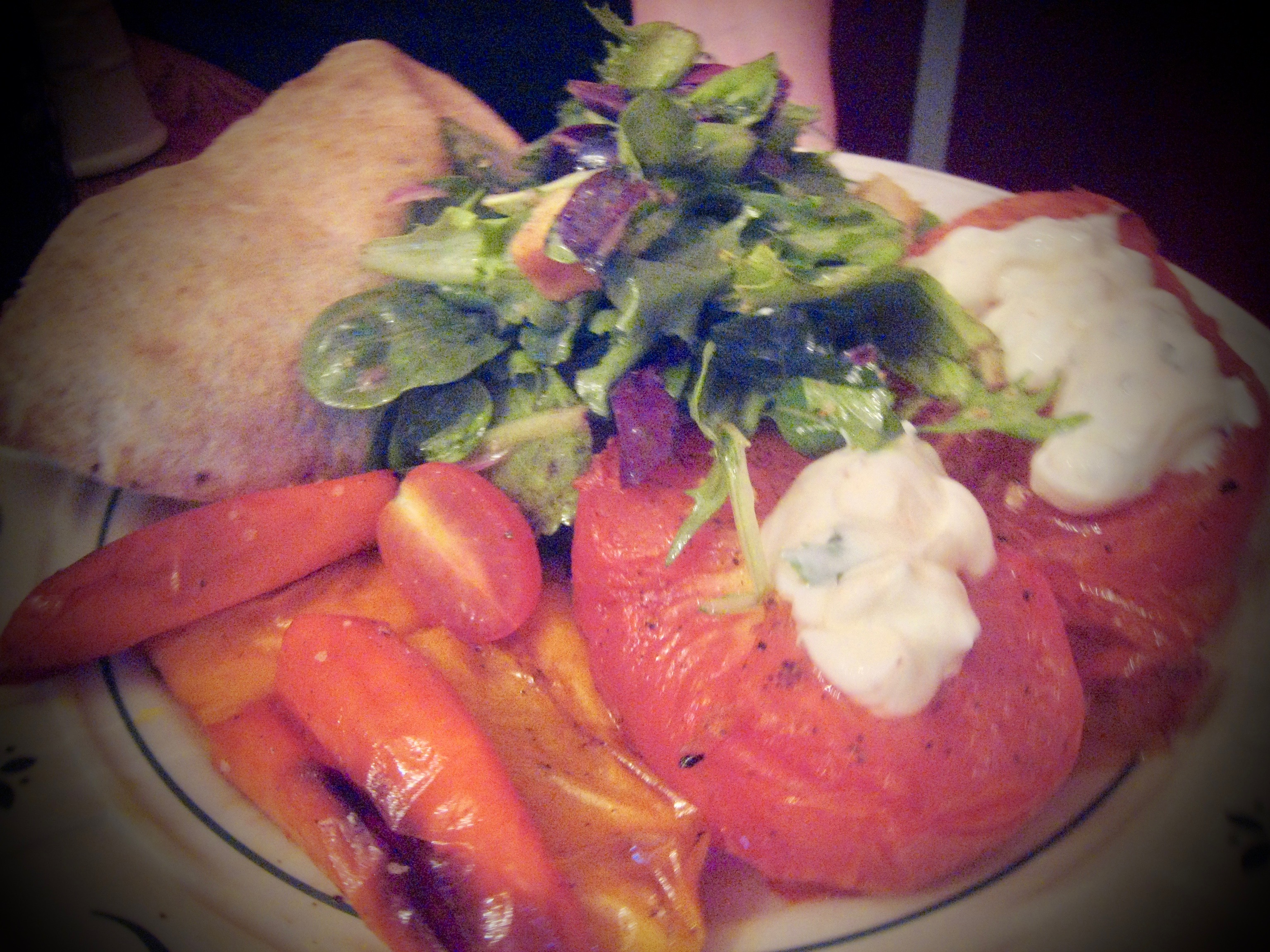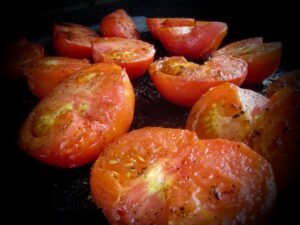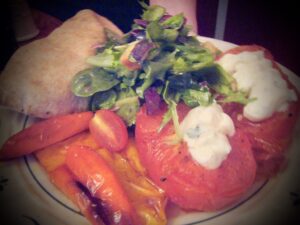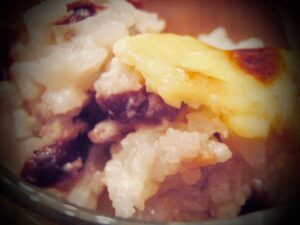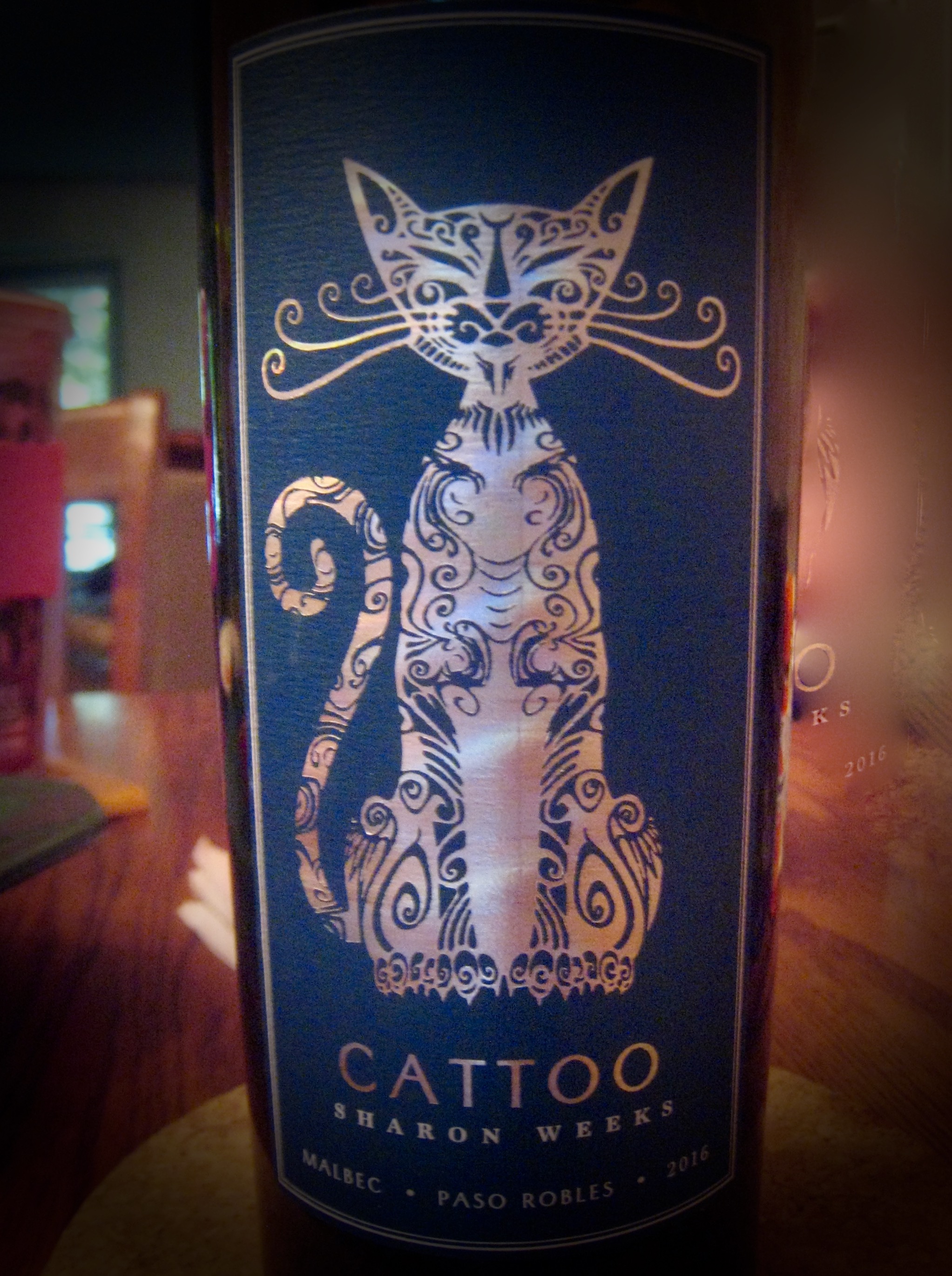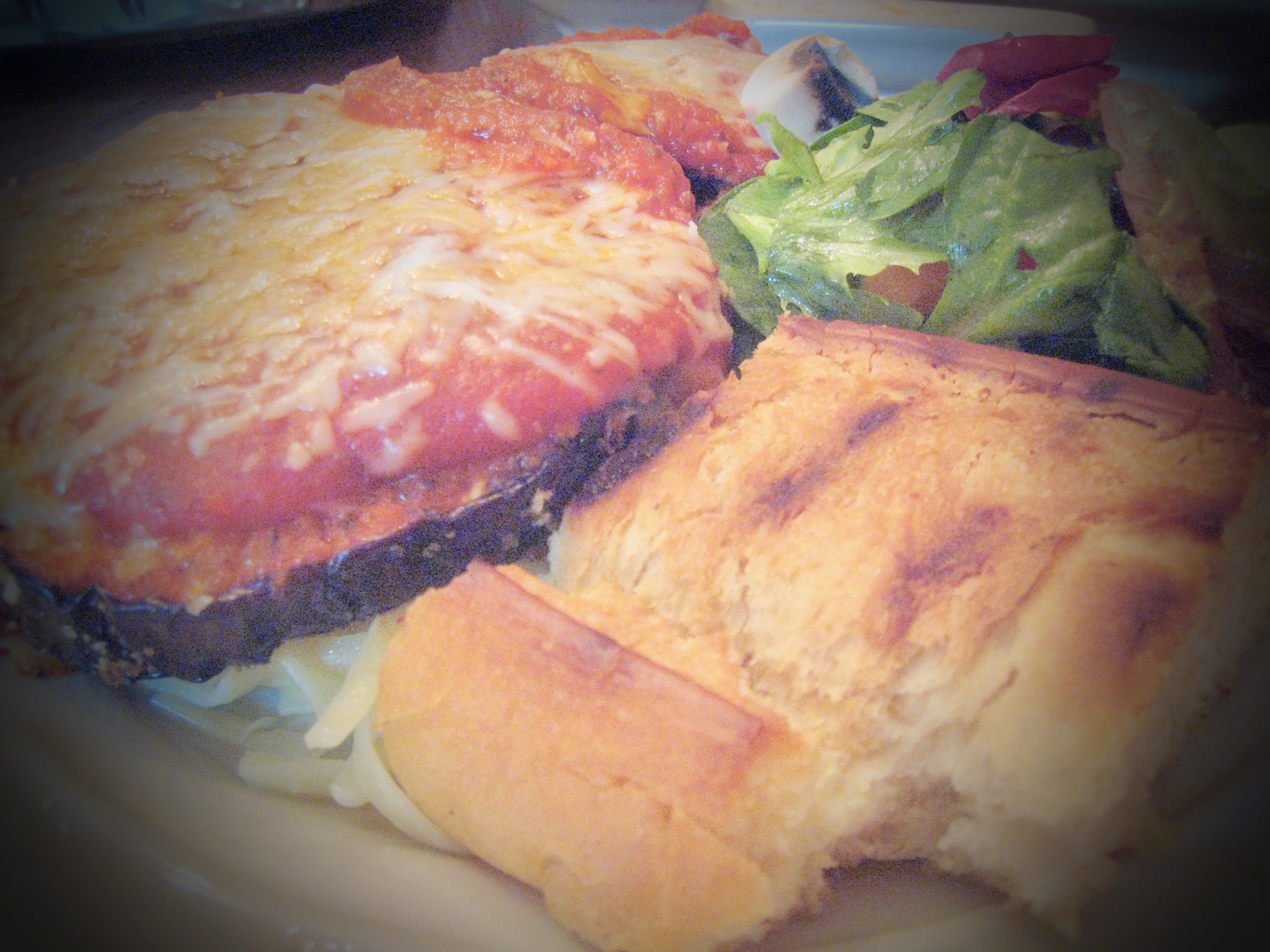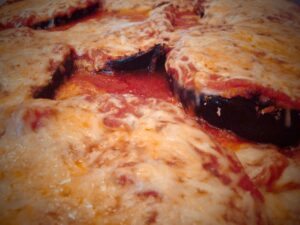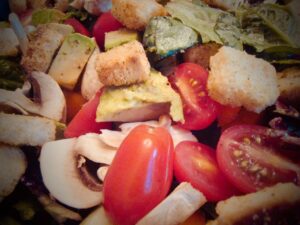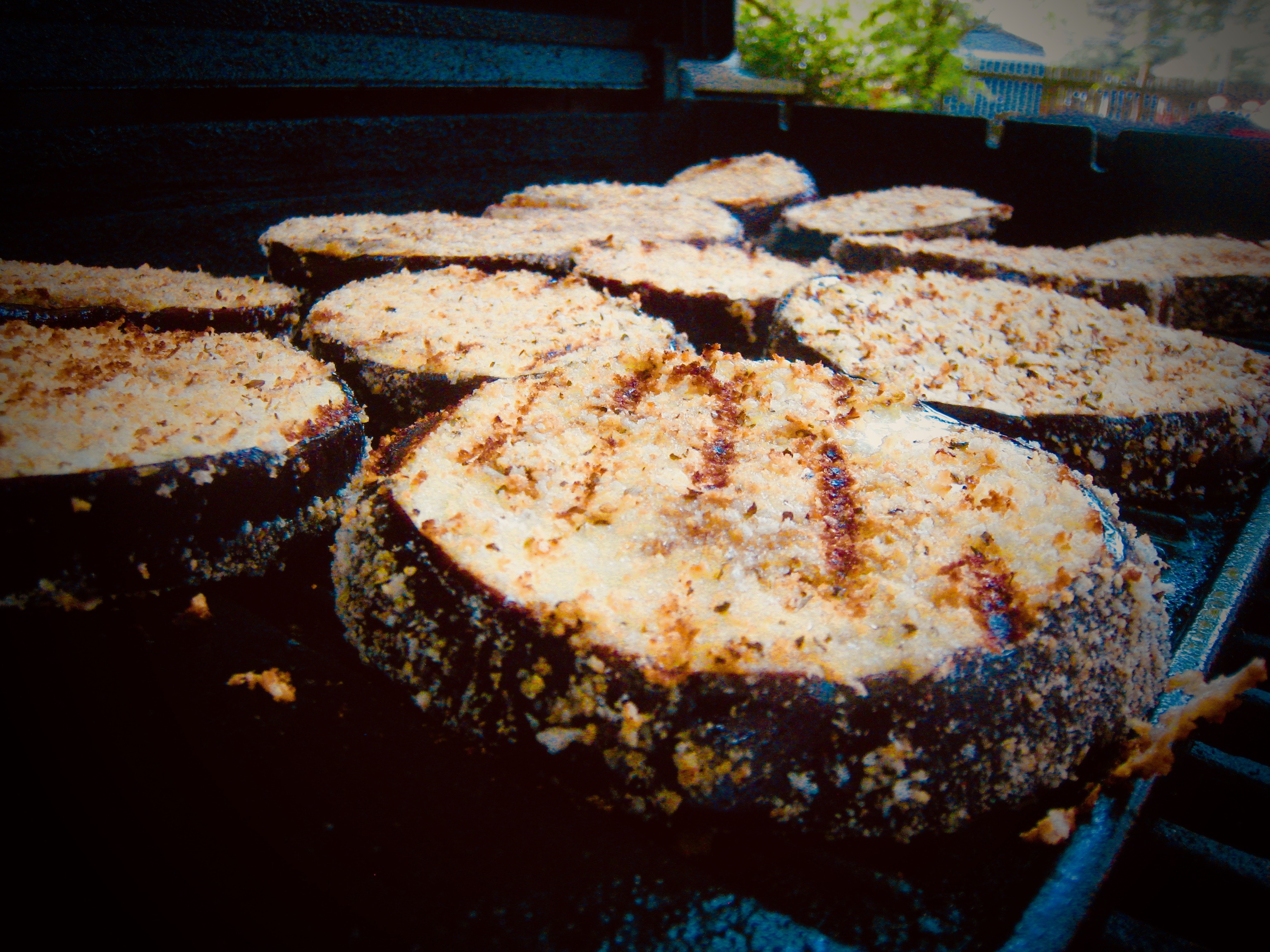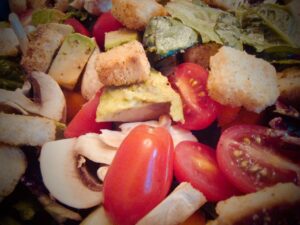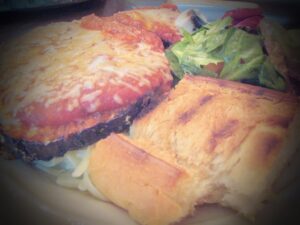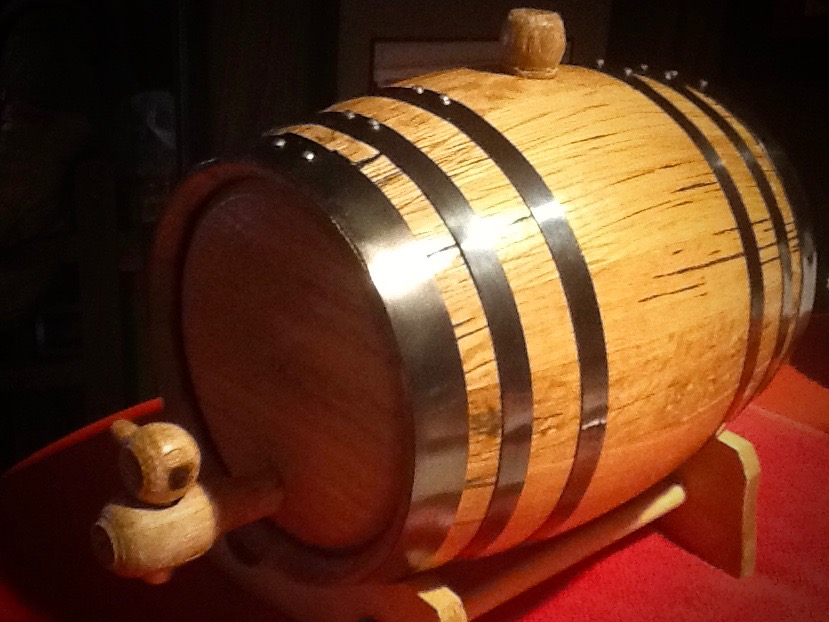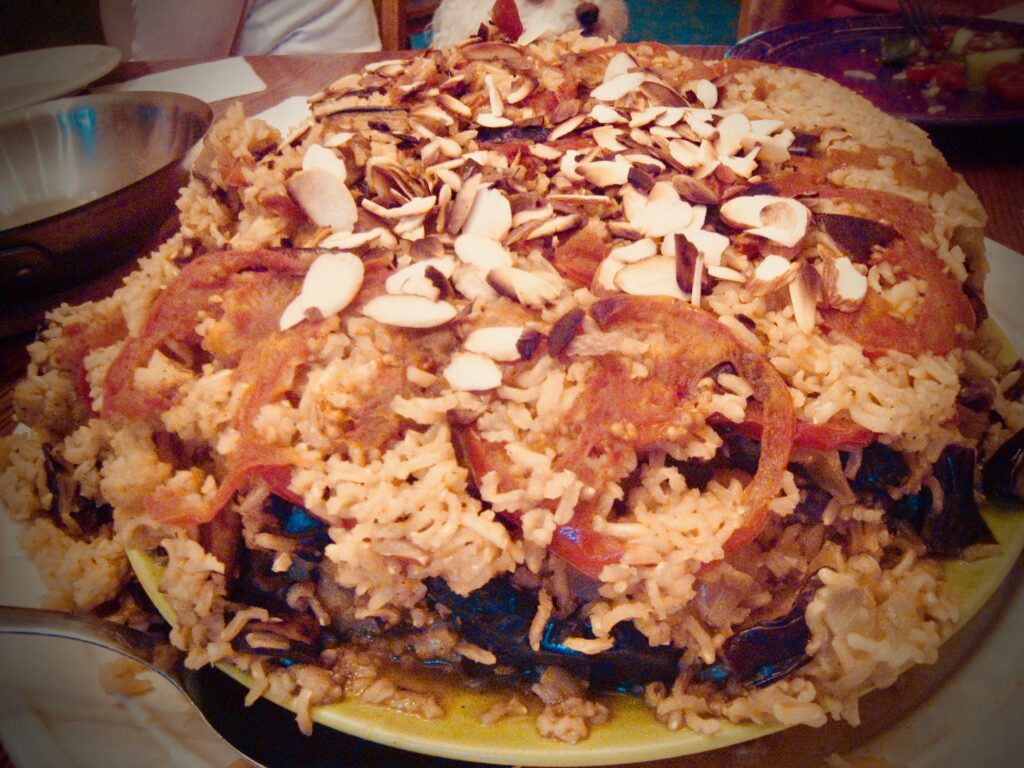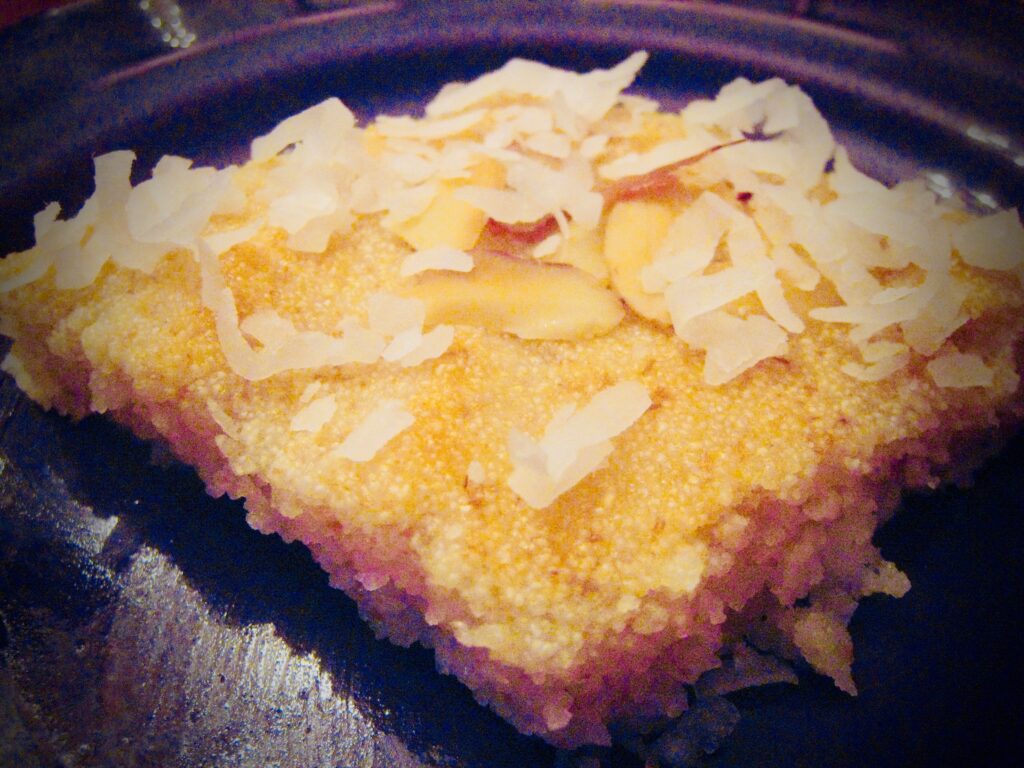Sunday Dinner – 1 July 2018
This week we tried our hands at Turkish cuisine.
A co-worker of mine is from Adana, and when I asked her what her favorite dish is, she said “the real kebap like we have back home.”
I did some research and found this video. When I related the recipe to her, she said that it is actually for Beyti Kebap which is popular a bit further east. Adana Kebap, as she describes it, is just the bell pepper, S&P and olive oil with the minced meat. Here’s another vid (sound is in Turkish, but you can see the preparation).
I stuck with the recipe from the first video, as follows.
Food Processor:
1 Red Bell Pepper
2 Red Onions
3 Cloves Garlic
1 Handful Parsley
1 T Sumac
1 T Salt
1 t Paprika
2 T Olive Oil
Mix together with 2 LBS Ground Lamb, place on skewers and cook.
I was able to obtain the sumac online, along with a set of wide skewers from Stephen Raichlen’s collection. Unfortunately, the lamb was difficult to find in our town, so I opted for 85-15 ground beef, which turned out to be a mistake. There simply wasn’t enough fat in the mixture to get it to stick to the skewers. After much cursing and sulking, I formed it into sort of elongated patties and cooked it directly on the grill grates. If I were to ever prepare this again, I would either use lamb, higher-fat beef, perhaps a mixture of beef and pork, or I’d find some other way to remove moisture and increase fat in the mix.
We served the meat with tomatoes and mini peppers (that had been charred on the grill with olive oil and S&P), pita bread (to substitute for lavash), a green salad, yoğurt sosu (a Turkish yogurt sauce) and soğan salatası (a marinated onion salad consisting of 2 julienned white onions, 3 T Sumac, the juice of two lemons, salt, olive oil and fresh parsley). Claudia also made a Turkish rice pudding for dessert.
The wine was a 2016 Paso Robles Malbec from Sharon Weeks, which paired really well.
Everything was tasty, and it was especially interesting to learn the taste of sumac, which was brand new for all of us. By the time we ate, though, I was so tired and disappointed and disgusted with the skewer issues that it was hard for me to really enjoy the meal. I would like to try another run at it using lamb, but probably not any time soon.
